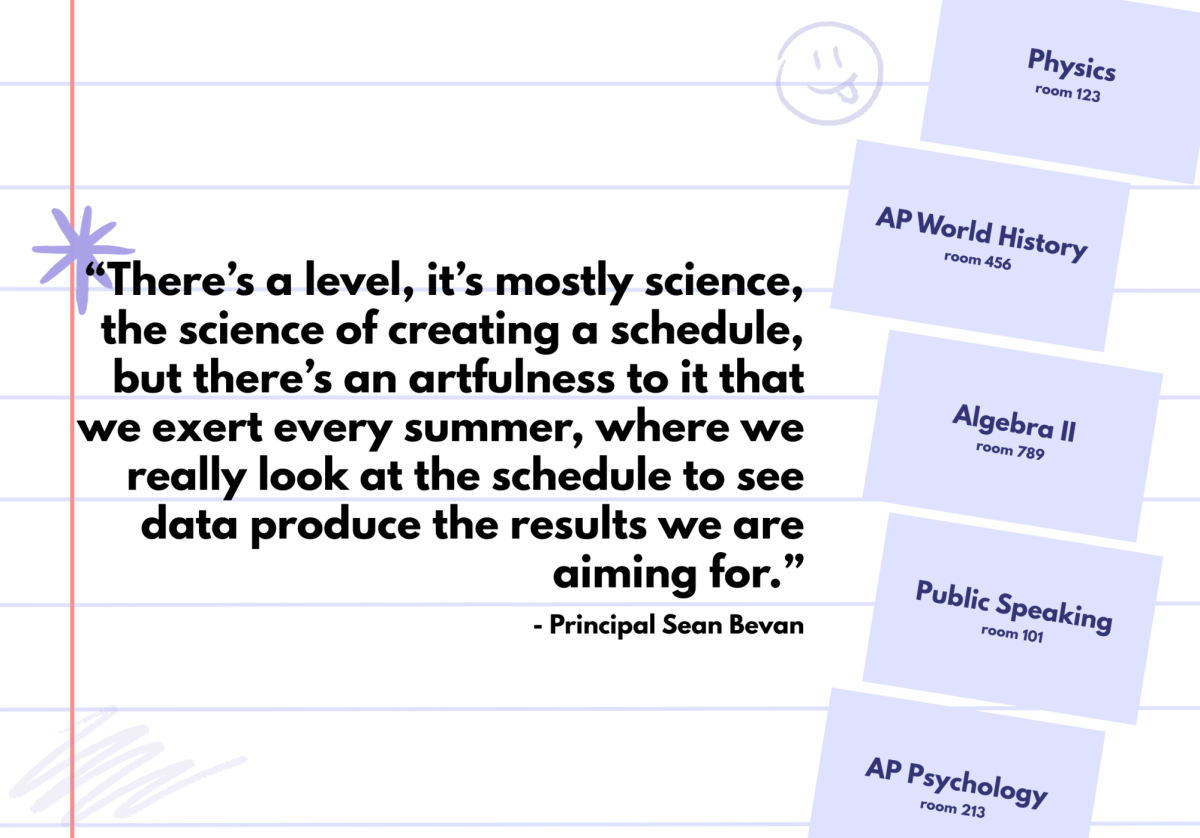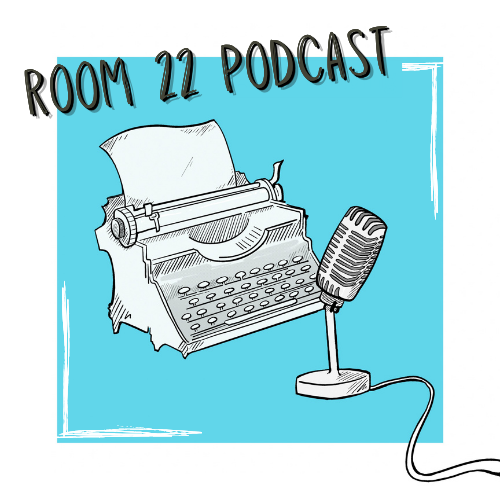Imagine this: you’re browsing through an old thrift shop around the corner. As you navigate the aisles, you come across two identical figurines. The only discernible difference is that one was made by a big toy company, and the other was made by a high school student. Does one have objectively more “value” than the other if they’re both of equal quality? Now, let’s apply this to journalism. Journalism is the activity or profession of writing for newspapers, magazines, news websites or preparing news to be broadcast. When comparing professional and student journalism, is the work all that different from each other? If the objectives of a student rarely differ from those of a professional, especially when under the guidance of a professional, why do student journalists often feel and are treated lesser than adults working for bigger news outlets?
Professional journalists like Jeff Pieters, editor of the Post Bulletin Forum Communications and Kelly Smith, News Editor at the Star Tribune, both emphasize student journalism’s vital role in shaping future professionals and informing campus communities.
To dive into the wide scope of journalism as a whole, you have to look back to where it all started, and for many professional journalists, that begins in school.
“I found my passion for journalism as a student journalist! I still have my high school newspapers, and recently thumbed through those and found my first-ever published story,” Pieters said. “From there I was involved with my college newspaper and an internship at college. I [first] began my newspaper job a few months after I graduated. Other than one year when I worked for a nonprofit organization, I have spent my entire career in journalism as a reporter and editor.”
The story is similar for Smith but at the post-secondary level.
“I joined my college newspaper my freshman year of college to get involved on campus and found out that I loved reporting and writing,” Smith said. “I went on to be the news editor and editor-in-chief of the weekly student newspaper, and also completed internships each summer at local weekly and daily professional newspapers.”
For emerging journalists, understanding ethical practices is not just about following the rules, but about a mindset that values transparency, accuracy and accountability. This becomes especially important when addressing the potential for censorship and its challenges.
“Outside of work, I’m the advisor of the college newspaper at St. Ben’s and St. John’s, so I know student newspapers can face more challenges about censorship, especially at private institutions,” Smith said. “There have been several situations, most recently in 2023, where students on campus were upset about the college newspaper’s content and threw away or damaged stacks of newspapers, which is considered theft and a form of censorship. Similar situations have happened at other Minnesota private colleges in recent years, so I worry this is a growing problem. It’s very disappointing that some students think destroying journalism is an appropriate response when they disagree with an article or opinion column.”
Starting in the 2024-2025 school year, the New Voices law has taken effect, protecting all public high school and middle school-run newspapers in Minnesota. This groundbreaking legislation marks a significant shift in censorship policies within schools, empowering students to have their voices truly heard. The New Voices law addresses the stress and conflict that can arise when students face potential pushback from school administrators, often leading to self-censorship. By removing these barriers, the law opens the door for more expansive, in-depth, and fearless student journalism.
Student journalists, just like professional ones, can and do learn from mistakes and by working with their editors and advisers. To grasp the future of student journalism, student journalists, advisers and school administrators alike must draw inspiration from professionals like Pieters and Smith. Their insights show the similarities and differences between student and professional journalism, allowing opportunities and challenges to shape the future of aspiring journalists.
“I am gratified to see that this profession continues to be appealing and relevant to new practitioners,” Pieters said. “We have a handful of journalists in our newsroom who are fresh out of college, and I’m impressed with their training and abilities, to say nothing of their boundless enthusiasm! One concern I have, however, with many younger journalists is that they bring a sense of political advocacy to their work. We need to be listeners, recorders, storytellers. That means being receptive to a range of views that go beyond our own.”
Pieters believes in the importance of journalistic objectivity and the need to embrace diverse perspectives. Meanwhile, Smith has concerns about the future of journalism for students and how past and recent events have created a negative outlook on authentic media reporting.
“When I meet with student journalists, I’m encouraged that students are still interested in and passionate about journalism,” Smith said. “I worry that student journalism is dwindling in high school and college campuses across the country, leaving students less informed about what’s happening on their campuses and less likely to consume news at all. High school and college newspapers play a critical role in informing the student body about issues impacting them and also help teens begin a tradition of reading newspapers to be civically engaged citizens. Instead, students are relying more on social media for their information, which is inundated with misinformation and disinformation. The loss of student newspapers mimics the growing decline of professional newspapers, leading to more ‘news deserts’ across the U.S., or communities without any local news source. The loss of newspapers directly ties into the rise of social media and the increased spread of misinformation and political polarization.”
Student journalism is an essential part of the media world, helping to shape future professionals and give students a voice in their communities as well as fight against the disconcerting trend of young people (and even countless adults) believing too much of what they read or watch on their phones. Even though students at private schools still face challenges like censorship, their roles as journalists are more important than ever. They help fight misinformation and keep their peers informed through, yes, a professional process of checks and balances, vetting sources and fact-checking.
So, the next time you’re at the store cruising the aisle, you’ll have to reconsider that the figurine made by a higher schooler might just hold more value in the grand scheme of things. With each handmade detail etched onto it by hand, that figure may have a story waiting to be told just like one made by somebody 10+ years older.
This story was originally published on The Heights Herald on November 22, 2024.






































